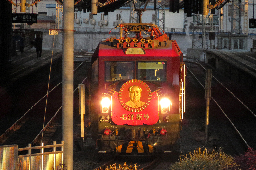

Slippery slope aside, I think reducing unnecessary consumerism would be beneficial for our most vuneral populations. There would be a lower barrier of entry into the economy and more resources would be available at a lower cost for people who cannot afford them








This person has never heard of tavern style.